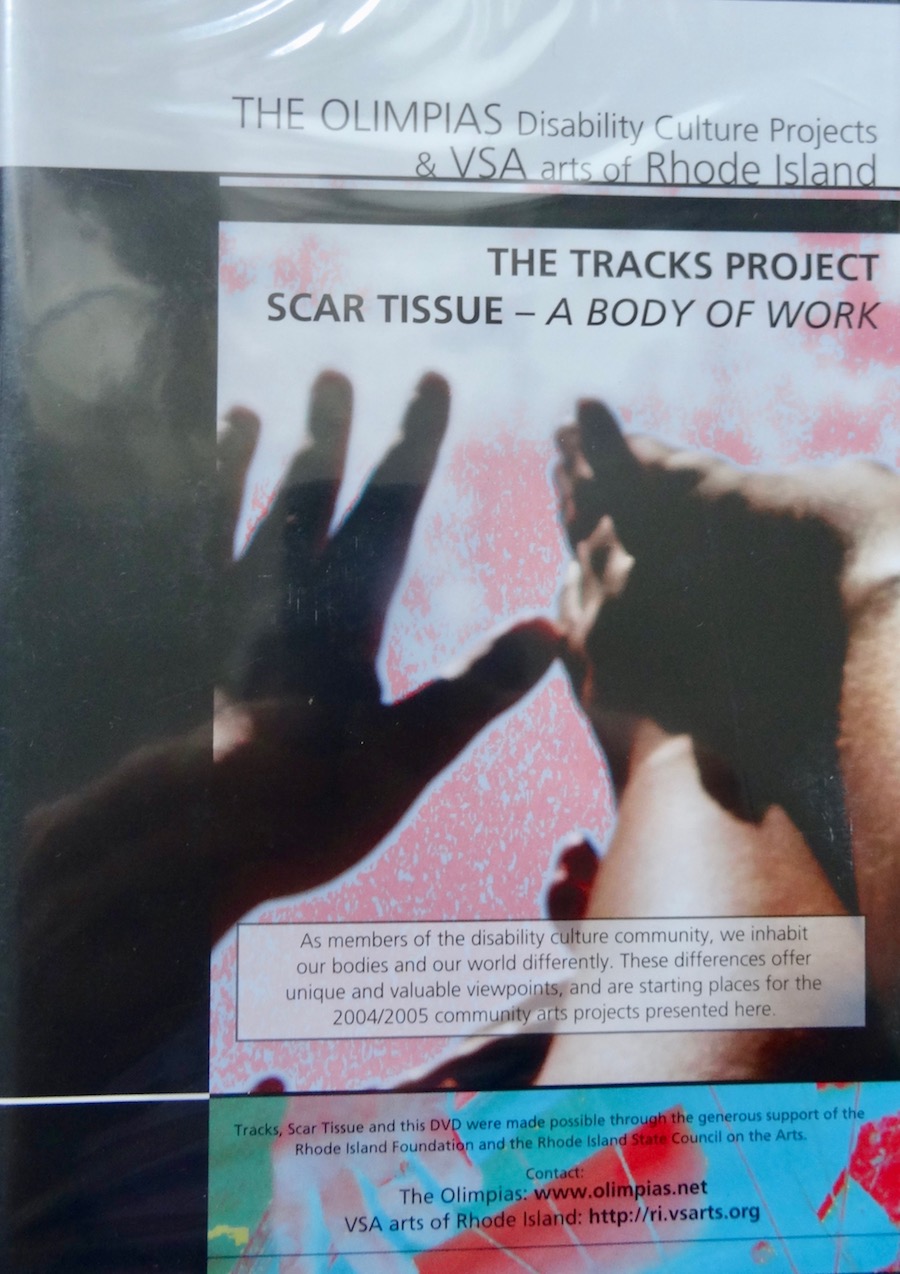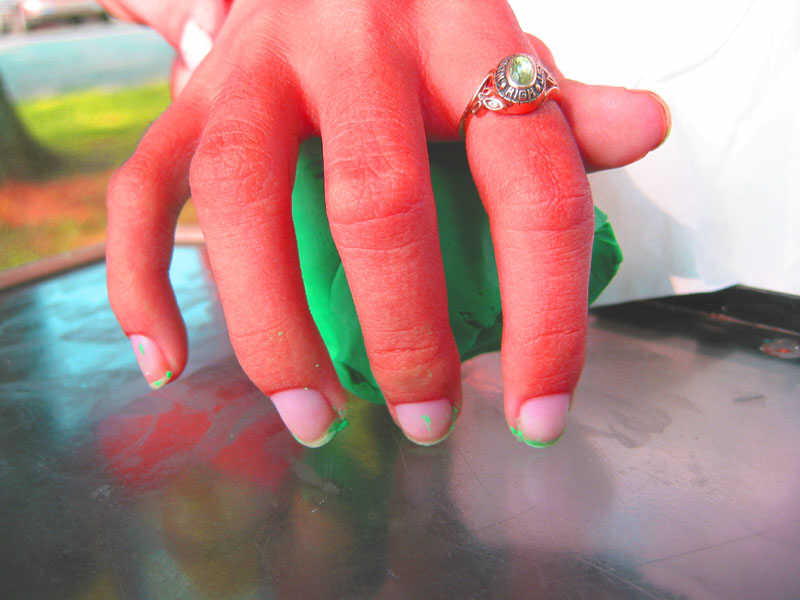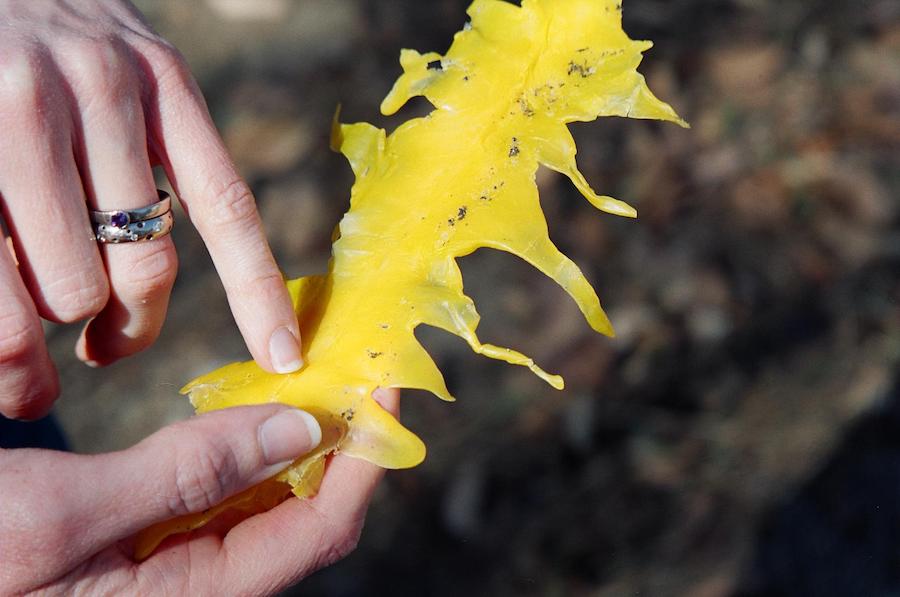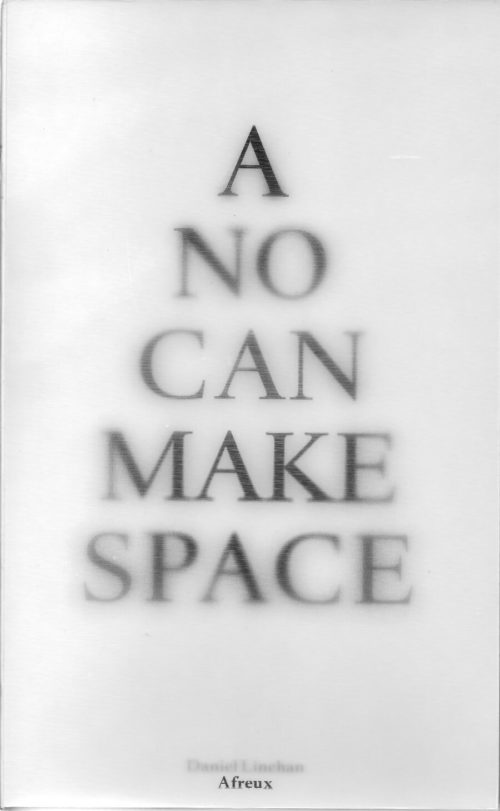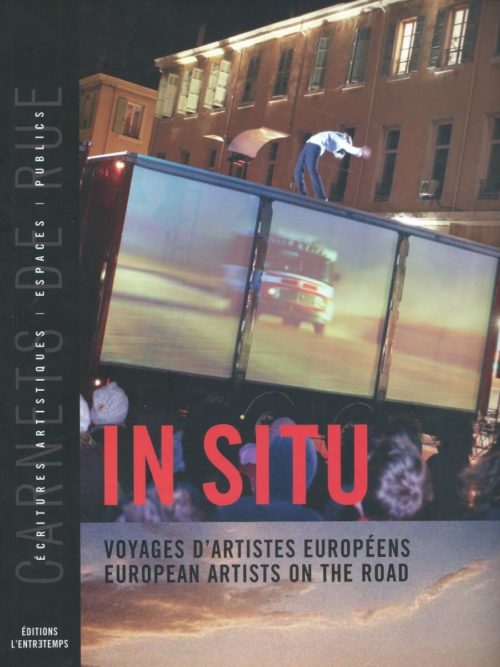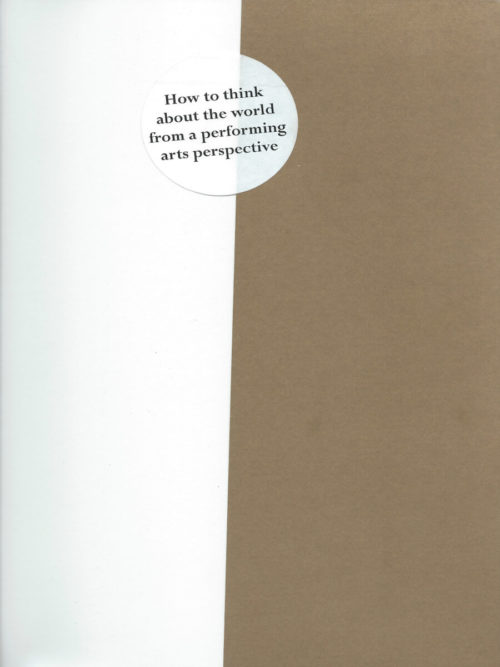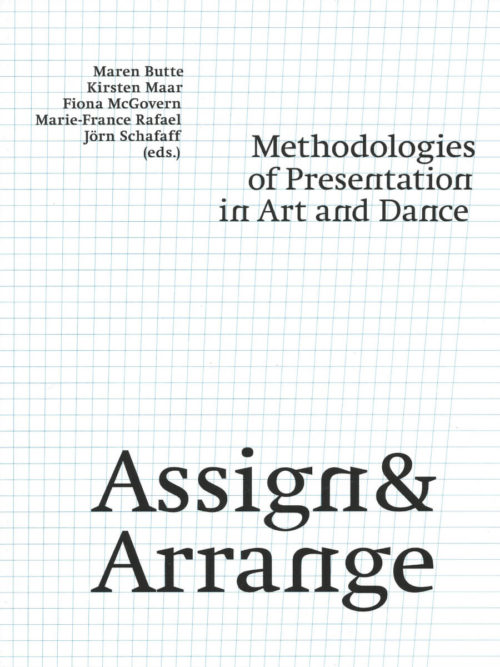SUMMARY
Tracks: Disability Culture in Rhode Island
We all leave marks in our environment – some of these marks are direct, like tracks in the snow, earth, grass, sand and water, some more subtle, as we keep track of one another in space.
As disabled people, we move differently, we inhabit our world differently. Our differences present another view of the world, and of what it means to lead a fulfilled life – and our shared world is richer for these different perspectives.
This photo/poem digital exhibit is part of a year-long disability culture art series. During 2004, community artist Petra Kuppers collaborated with VSA Arts Rhode Island by creating disability culture workshops in various rural sites in Rhode Island. In these workshops, disabled artist came together, and explored their tracks in the world through dance, photography, earth art, and creative writing.
The digitally manipulated color images collected here echo the creative sensualities and exciting differences that emerged in our sessions. The black and white photographs on the right document our processes, and show us working together. To go to larger images, click on the thumbnail images! The collaborative poems below speak of our relationship to the landscapes we inhabit and to our creative processes.
Scar Tissue: A Body of Work
Scar Tissue is the 2005 disability culture project hosted by VSA Arts of Rhode Island and led by Petra Kuppers with the collaboration of Ana Flores, an internationally active Cuban-Amercian artist. The project follows on from the highly successful Tracks year.
The artworks we create focus on a re-vision of the scar – on our bodies’ ability to change and grow, to connect to the environment in unfamiliar ways, and to emerge as new landscapes.
We worked with bees wax, reminding ourselves of the history of wax figures in anatomical displays, and of milagro figures as a genre in disability culture work. In our sessions, we created earth sculptures and explored mark-making in a variety of media, danced together and improvised pathways based on the time scars in the palms of our hands. We wrote poetry to reflect on our experiences of scars as places of connection, of time passing, and of memory.

